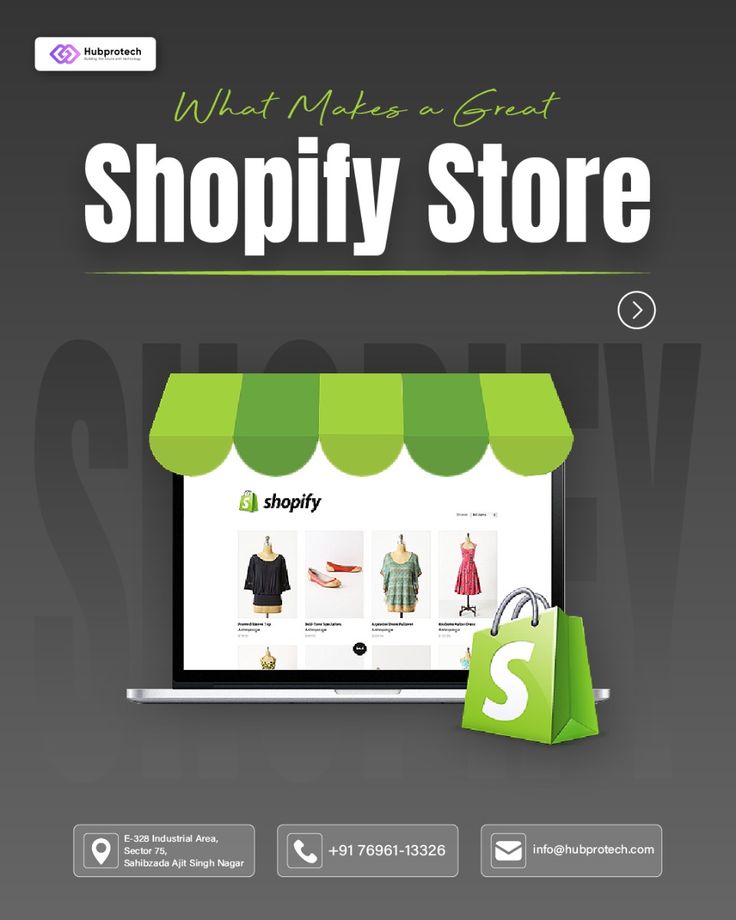How to Save on Shopify, WooCommerce & Hosting Plans
By Halie Johnson | Published on May 16, 2025 | Estimated 6 min read

If you're running an ecommerce store, keeping costs under control isn't only smart—it's critical to your profitability and growth. But comparing plans, platforms, and endless plugins can quickly feel overwhelming. I know the feeling—I've spent countless hours deciphering confusing pricing pages just to ensure I'm not overspending my limited budget.
That's why this guide is built around practical tips and straightforward advice to help you save money on Shopify, WooCommerce, and hosting plans. Instead of feeling frustrated, you'll have actionable insights to confidently make budget-friendly decisions tailored to your specific needs.
Understanding the Costs of Shopify, WooCommerce, and Hosting Plans
Before we dive into money-saving tips, it's essential to understand how these platforms and their associated hosting costs can impact your wallet.
Shopify Pricing Structure
Shopify offers straightforward monthly plans ranging from Basic ($39 per month) to Advanced ($399 per month), each providing different features, transaction fees, and reporting tools. The simplicity of Shopify means no separate hosting charges, a big plus for beginners and those who want an all-inclusive solution.
WooCommerce Pricing and Pricing Complexity
WooCommerce itself is free, which sounds appealing, right? But keep in mind, you'll pay separately for hosting, domain, security certificates, and premium plugins. While WooCommerce empowers flexibility, costs can vary widely depending on your choice of plugins and hosting provider.
Hosting Plans for Your Ecommerce Store
For WooCommerce stores (and some Shopify apps that integrate separately), hosting plans range from budget shared hosting ($5–30/month) to more advanced dedicated servers or managed WordPress hosting ($20–150/month+). Picking the right host is about balancing performance, reliability, and affordability.
Tips for Saving on Shopify Plans
Utilize Discounts and Promotions Wisely
Shopify occasionally offers limited-time promotions or yearly discounts. You might be surprised—paying upfront for an annual or biannual subscription can often save you 10–20%. If your budget allows for the upfront investment, it's an easy win for saving money.
Choose the Right Shopify Plan for Your Needs
Choosing a higher-tier plan may seem tempting. However, it's best to start conservatively. If your store is new and sales haven't ramped up yet, the Basic Shopify plan covers most essentials. Save money by only upgrading once you're consistently hitting sales milestones that justify additional analytics or customized transaction fees.
"When we launched our fashion brand, we jumped straight to the standard Shopify plan. However, our initial sales didn't justify the cost. Downgrading to Basic saved us an extra $50 a month—enough budget freed up to run some effective social media ads." — Sarah, Shopify Store Owner
Ways to Save on WooCommerce Costs
Careful Selection of Plugins
WooCommerce's open-source flexibility is great, but premium plugins quickly add up. Before you purchase a plugin, check reviews, compatibility, and if there are reliable free alternatives available. For instance, using WooCommerce Payments instead of external paid payment plugins can significantly cut transaction fees and integration costs.
Optimize Your WooCommerce Set-Up to Save on Hosting Costs
Did you know bloated or poorly optimized WooCommerce sites could double your hosting bills? Optimize images, minimize scripts, and choose efficient caching plugins like WP Rocket or LiteSpeed Cache (both user-friendly and affordable). This keeps site performance high and reduces the need for expensive server upgrades.
Choosing the Right Hosting Plan for Cost Efficiency
Compare Hosting Providers Carefully
Hosts like SiteGround, Bluehost, and DreamHost offer user-friendly shared hosting options starting low—perfect if you're just opening shop and expecting lower initial traffic. However, as your shop grows, consider providers like WP Engine or Kinsta for reliable, scalable managed hosting. This way, you pay for exactly what your store needs today, without overspending on unnecessary features.
Go For Annual or Multi-year Hosting Discounts
Many hosting companies lure customers with heavily-discounted offers for the first year or longer-term commitments. If you're serious about your ecommerce store’s longevity, going annual or multi-year usually cuts 20–50% off regular costs. Just ensure the provider meets your long-term criteria for performance and customer support.
Maximizing Cost Savings with Smart Integrations and Tools
Embrace Cost-effective Integrations
Tools like Mailchimp’s free email marketing tier, Google Analytics for data insights, or HubSpot's CRM can enhance your marketing without increasing your overhead. Select integrations that efficiently streamline store management, marketing, and analytics, so budget savings don't translate into lost efficiency.
Leverage Data and Analytics for Better Budgeting
Regularly reviewing analytics highlights what's working and what isn't, helping you reallocate resources to profitable areas. For example, if Google Analytics reveals your paid social strategy outperforms your search ads, shifting funds around reduces waste and raises ROI—meaning more savings with less trial-and-error.
"Initially, we invested heavily across multiple channels. But Shopify analytics showed us clearly that Pinterest ads were driving the majority of sales. By reallocating our spending, we cut expenses dramatically without losing sales volume." — Tom, Ecommerce Store Owner
Frequently Asked Questions (FAQs)
Is WooCommerce really free?
WooCommerce itself is free as a plugin. However, hosting, domain registration, plugins, premium themes, and extensions can introduce costs. So it's important to budget wisely based on your specific requirements.
Can I use shared hosting for WooCommerce?
Yes, shared hosting can work initially if you're just starting out. As your store grows, you'll typically need more robust solutions like managed WordPress hosting or VPS hosting for optimal speed and reliability.
Are higher Shopify plans always better?
Not necessarily. Higher-tier Shopify plans mostly include lower transaction fees, advanced reporting, or sophisticated logistics options. For most small to medium-sized stores, the Basic or Standard plans cover essential features—at a much lower cost.
Conclusion
Your ecommerce journey doesn't have to feel like a constant tug-of-war between quality and affordability. By understanding your exact needs, choosing wisely among Shopify, WooCommerce, and different hosting plans, and regularly reviewing your cost structure, you'll not only save money—you'll feel empowered to expand your ecommerce business thoughtfully.
No matter where you're at in your ecommerce journey, remember: cost-efficiency is foundational to sustainable business growth. Take these tips and spend some laid-back time comparing options today. Your future self—and your store's profits—will thank you!
Have you found other great ways to save money running your online store? I'd love to hear your tips and experiences. Drop a comment or connect with me on social media!
Maybe You're Interested In Shopping At These Stores
About the Author: Halie Johnson
Halie Johnson is a Marketing Manager and the founder of RetailReviewHub, where she combines over a decade of experience in affiliate marketing and deal hunting to help users save money with confidence. With a deep understanding of consumer behavior and pricing strategy, Halie is dedicated to writing clear, unbiased product reviews and sharing the best deals across the web. When she’s not digging through coupon databases or analyzing offer performance, she enjoys testing products first-hand and writing savings guides that actually work. Follow Halie on her journey to smarter shopping!
Related Posts

Top Independence Day Deals 2025 – Save Big with Verified Coupons at RetailReviewHub
Independence Day is a prime time for shoppers to find great discounts...

Score Explosive July 4th Discounts – Curated Offers on RetailReviewHub
Independence Day 2025 brings a great chance to save on many products w...